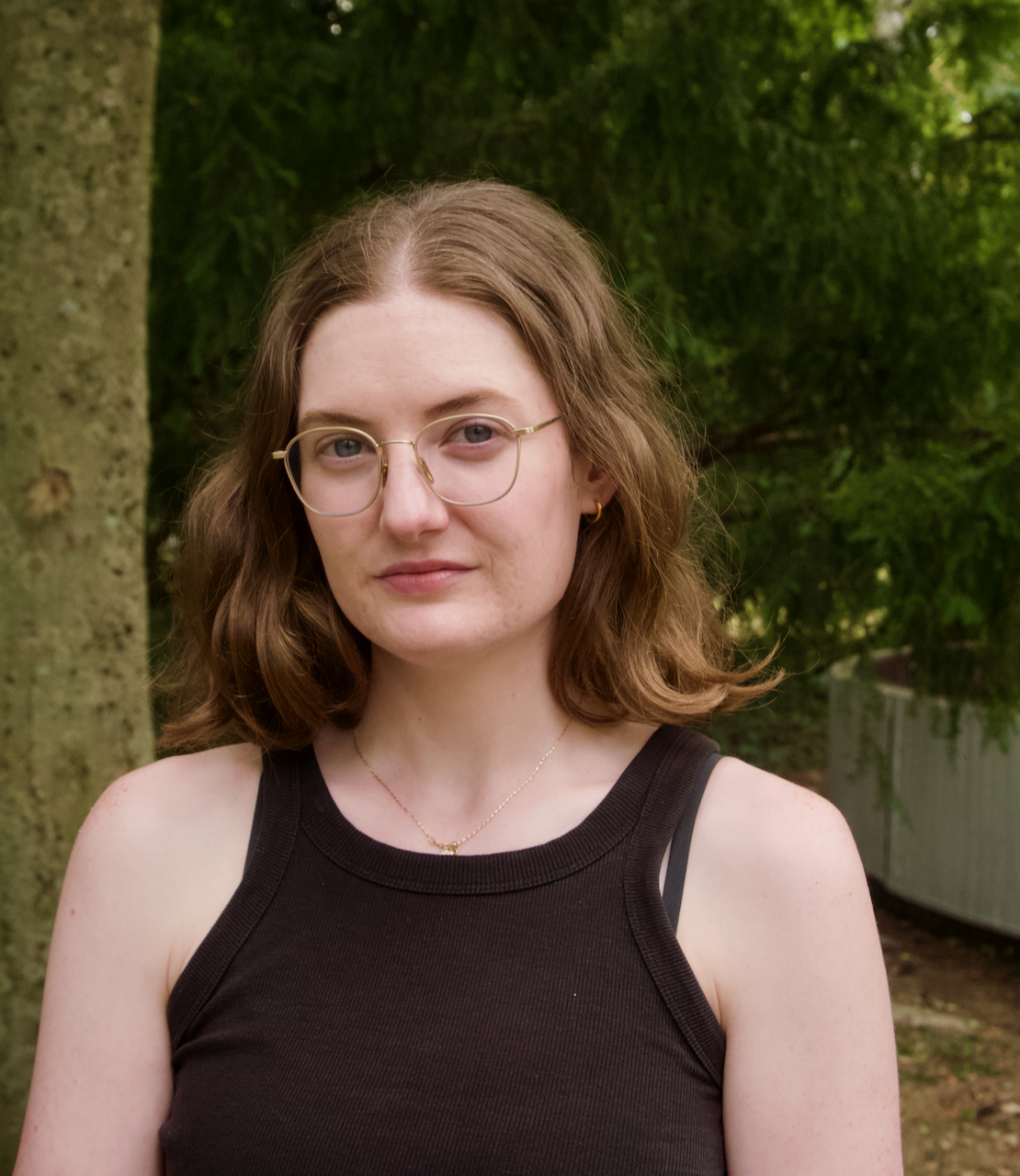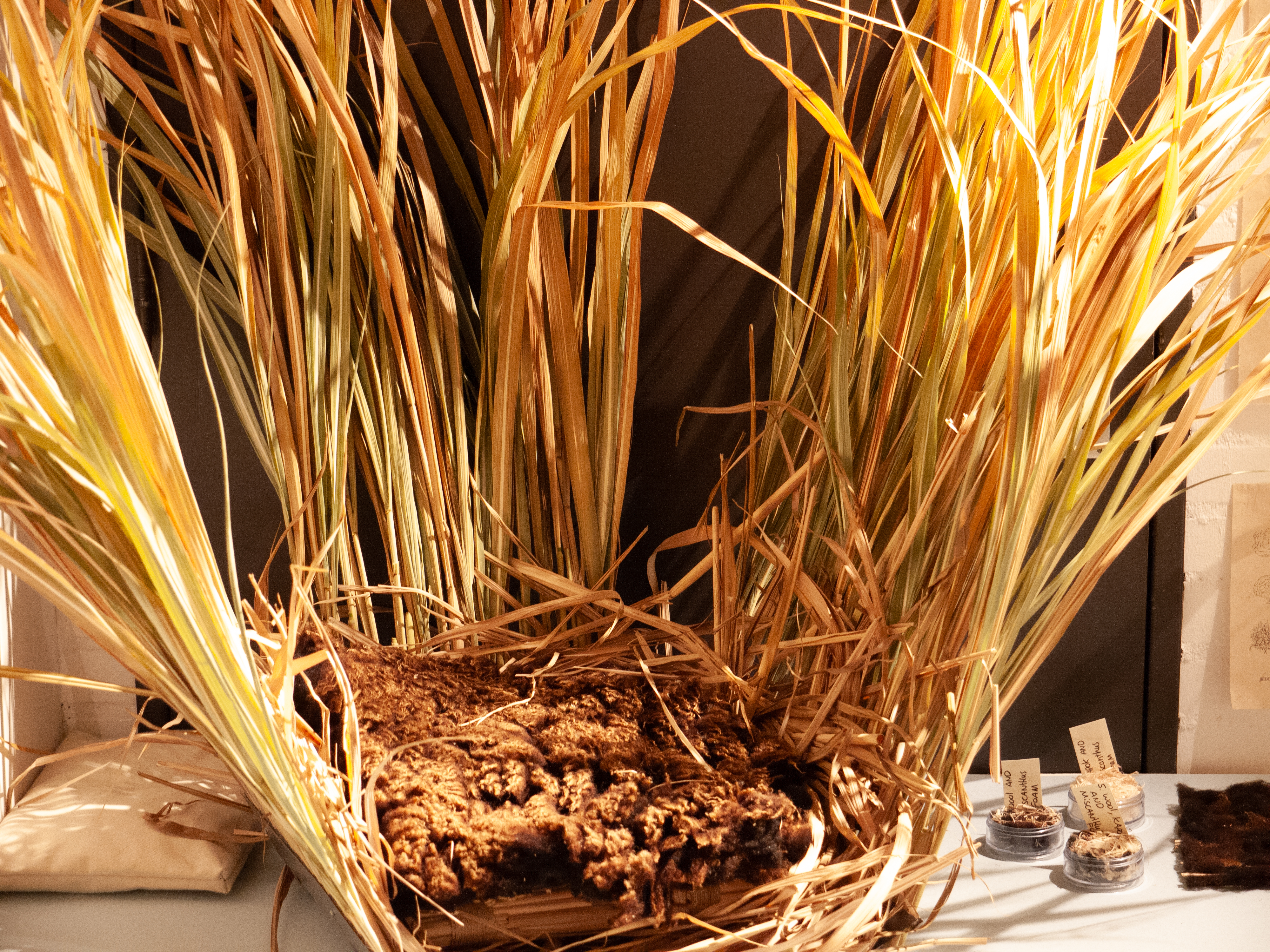Cultural Studies at Erasmus University Rotterdam (EUR) & Fine Art at Willem de Kooning Academy (WdKA)
Balancing two degrees across disciplines requires not only commitment but also an open and adaptable mindset. For Simon Mensger, an alumnus of the Rotterdam Arts and Sciences Lab (RASL) dual degree program, the experience was as much about learning to think differently as it was about learning to think across boundaries.
Now working full-time at the Art Biennial Manifesta 16 Ruhr while maintaining his own artistic practice, Simon reflects on what it means to move between academic and artistic spaces, the skills he gained through this dual education, and how the experience shaped his career path.
What were your expectations when you started the dual degree, and how did they compare to your actual experience?
I expected to work between disciplines in a deeply interconnected way, to learn two ways of thinking that would naturally feed into each other. And I did get to know and embody those two ways of thinking during my studies.
However, in practice, they were often less connected than I initially hoped. Studying at WdKA and EUR meant that I had to code-switch—to move between very different learning environments and ways of thinking—rather than truly blend them.
That said, the two programs began to merge more in my fourth year, when we finally had a dedicated RASL course designed specifically for dual degree students. That was when it really started to feel like a cohesive program.
When did science and art start to come together for you during your studies?
The two really came together during my internship in the third year. I worked at Kunstinstituut Melly, and for the first time, I felt like I could see both perspectives clearly: the artist’s perspective and that of the cultural professional.
At EUR, the IBACS program (International Bachelor of Arts and Culture Studies) helped me reflect critically on the role of art and artists in society. The university experience had a fundamental impact on my artistic practice—it encouraged me to embed my work both conceptually and physically within its social context.
What advice would you give to a student starting the dual degree? What can they get out of it?
On a practical level, you learn to manage your resources (your time, energy, and attention) very efficiently. You also learn to prioritize and solve problems creatively.
On a more abstract level, you develop two very different yet complementary ways of thinking. At the university, you learn to think critically, write clearly, build strong arguments, and handle large workloads in a structured way. At the art academy, you learn to think freely, communicate and execute ideas creatively, and position yourself professionally within the art field.
At university, you mostly think about art; at the academy, you become part of it. That dual experience is incredibly valuable.
What have you learned as a dual degree student that you wouldn’t have in a single degree?
Everything I mentioned above really only becomes clear once you’ve lived through both. Each education on its own feels somewhat incomplete after you’ve experienced both sides.
If I had to name one main skill, it would be code-switching: the ability to navigate different environments and adjust to their languages, expectations, and mental frameworks. It’s a skill that’s useful far beyond academia or art.
I also learned to trust the process and to accept imbalance. Sometimes, university demands more of your time and you can’t make art for weeks, and that’s okay. Balancing both fields isn’t always about perfect equilibrium; it’s about knowing when to lean into one side more than the other.
How has studying in both domains changed your position as an artist, designer, or academic?
It gave me the ability to understand “the other side.” As a cultural professional, I now understand what artists need. As an artist, I understand how institutions work.
Essentially, I’ve learned to speak both languages; that of the artist and that of the institution. That dual fluency allows me to bridge the gap between creation and organization, between artistic practice and institutional structure.
Where are you now, and what are you currently working on?
I’m currently working full-time as the Hospitality and Travel Assistant at the Art Biennial Manifesta 16 Ruhr. Alongside this, I’m keeping my own artistic practice alive as a photographer, printmaker, and sculptor.
Right now, my focus is primarily on my institutional work, but I’ve learned to accept that kind of inbalance. There will be times when one side takes priority, and that’s part of the rhythm of having two professional identities.
What are your future ambitions?
My long-term goal is to become a business director of a contemporary art institution. I’d like to combine my interest in art and cultural institutions with management and leadership.
At the same time, I plan to continue working as an artist, using photography and printmaking to document land useand explore how humans shape their environments. Ideally, I’d divide my time, perhaps 70% within institutions and 30% as an artist. That combination feels like a natural continuation of what I started in the dual degree: living and working between two worlds that continuously inform each other.
Want to know more about Simon's work? You can watch a visual showcase of his work here.


